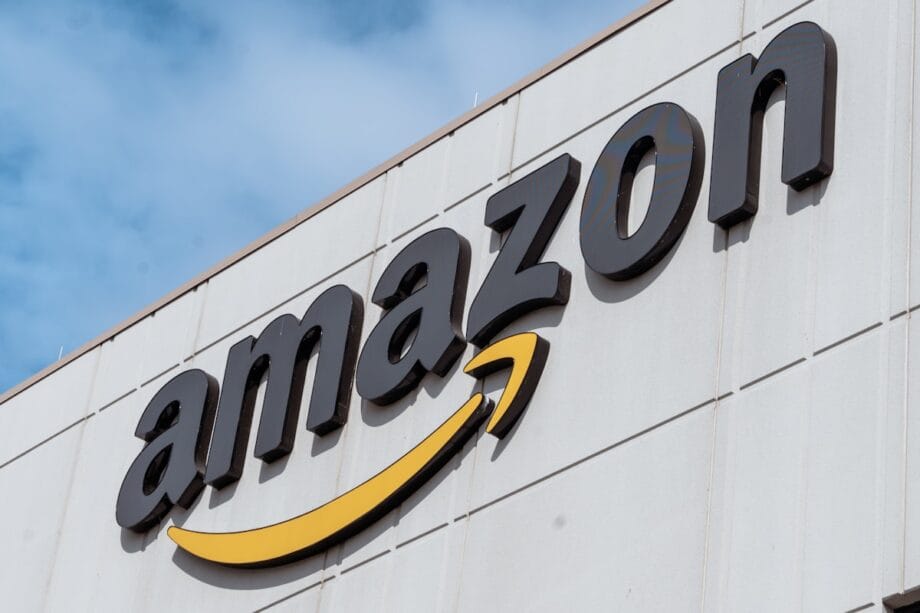Amazon’s Ambitious Automation Strategy: A Shift Towards Robotics
Amazon is poised to overhaul its workforce in the United States, potentially replacing over half a million jobs with robotic systems, as revealed in a recent report.
Executives informed Amazon’s board that advancements in warehouse automation could allow the e-commerce titan to forgo hiring more than 600,000 employees in the years ahead, even as they forecast a doubling of product sales by 2033, according to the New York Times. Amazon aims to supplant over half a million future jobs with robotic technology.
The transition from a human-fueled workforce to automated systems is anticipated to evolve over the forthcoming years, as outlined in the latest article.
By 2027, Amazon plans to eliminate the need for more than 160,000 U.S. workers, potentially saving approximately 30 cents per item shipped, as stated in the report. A substantial segment of additional roles will follow suit by 2033.
Ultimately, Amazon’s robotics division seeks to automate a staggering 75% of its operations, according to the Times.
“Leaked documents frequently provide a fragmented and skewed view of our strategies, which is evident in this case,” remarked Kelly Nantel, an Amazon spokesperson, in a statement to The Post.
“In this regard, these materials seemingly represent the insights of a singular team and do not encapsulate our comprehensive hiring strategy across diverse operational sectors—now and in the future.”
Nantel further indicated that Amazon intends to onboard 250,000 workers for the approaching holiday season, although specifics regarding the permanency of these positions were not disclosed.
If Amazon indeed scales back on hiring, such a move would mark a significant pivot in the company’s growth trajectory.
Since 2018, Amazon has tripled its workforce in the U.S., reaching nearly 1.2 million employees, thereby affirming its standing as the second-largest employer nationwide.
The company is also strategizing to mitigate potential backlash from communities at risk of losing warehouse jobs, according to the Times. Amazon founder Jeff Bezos participates in discussions during Italian Tech Week 2025.
Internal documents suggest Amazon is contemplating enhancing its corporate image as a “responsible corporate citizen” within these communities, potentially through greater involvement in events such as parades and charitable initiatives like Toys for Tots.
The documents additionally reflect deliberations on whether to avoid terms like “automation” and “AI” in favor of more palatable phrases such as “advanced technology” or the term “cobot” to emphasize collaboration with human workers, as per the report.
An Amazon representative clarified to The Post that no overarching directive exists regarding the avoidance of these terminologies.
Concerns are mounting regarding the possible ripple effect of Amazon’s strategies on other major employers, such as Walmart and UPS, according to Daron Acemoglu, a professor at the Massachusetts Institute of Technology who specializes in automation.
“Once they devise a profitable model, this will inevitably cascade to others,” he remarked to the Times. “One of the largest employers in the United States may transition from being a net job creator to a net job destroyer.”
Moreover, there is apprehension that marginalized communities, particularly people of color, may suffer disproportionately from the reduction in warehouse employment opportunities.
The Times notes that Amazon’s warehouse workforce is markedly more diverse than that of a typical U.S. company. Amazon currently operates with over a million robots globally.
The company has already begun to transform select warehouses. In its most advanced facility, located in Shreveport, Louisiana, the vast majority of items no longer undergo human handling post-packaging; instead, a fleet of approximately 1,000 robots administers the entire shipping process, as stated in the report.
According to documents obtained by the Times, Amazon manages to employ a quarter fewer warehouse workers in Shreveport compared to an operation without robotic assistance.
As the integration of robotics progresses next year, the plan is to halve the number of workers in Shreveport, as indicated in the report. This ambitious automation initiative aims for a 75% operational shift towards robotics.
“With this pivotal milestone approaching, we are confident in our capacity to flatten Amazon’s hiring trajectory over the next decade,” noted the robotics team earlier this year, according to the Times.
The company envisions replicating this model in approximately 40 facilities by the conclusion of 2027.
Furthermore, the retrofitting of older warehouses, such as one in Stone Mountain, near Atlanta, could necessitate up to 1,200 fewer employees once fully automated, based on internal documentation. Since 2018, Amazon’s workforce has surged, highlighting its growth trajectory.

Some Amazon personnel are devising strategies to “control the narrative” surrounding these retrofits by highlighting new technician positions and “innovation” to instill local officials with a sense of pride, as per the documentation acquired by the Times.
The report did not delve into Amazon’s employment strategies outside the U.S.
Amazon has stated that certain facilities may see an increase in human employees post-retrofitting.
Udit Madan, who oversees Amazon’s global operations, asserted to the Times that savings accrued from automation have historically been reinvested in creating new job opportunities.
“Achievement of efficiency in one segment of the business does not encapsulate the full spectrum of implications it may have,” he stated, “pertaining either to specific communities or to the nation at large.”
Source link: Nypost.com.





